My goal is to build an MRI that can be used for simple physics experiments, and to make the design process data public so that anyone can build an MRI.
The following is an overview of current progress.
First of all, I was able to obtain my first 2D image by MRI on 2/24 2022. The following images are from that time.
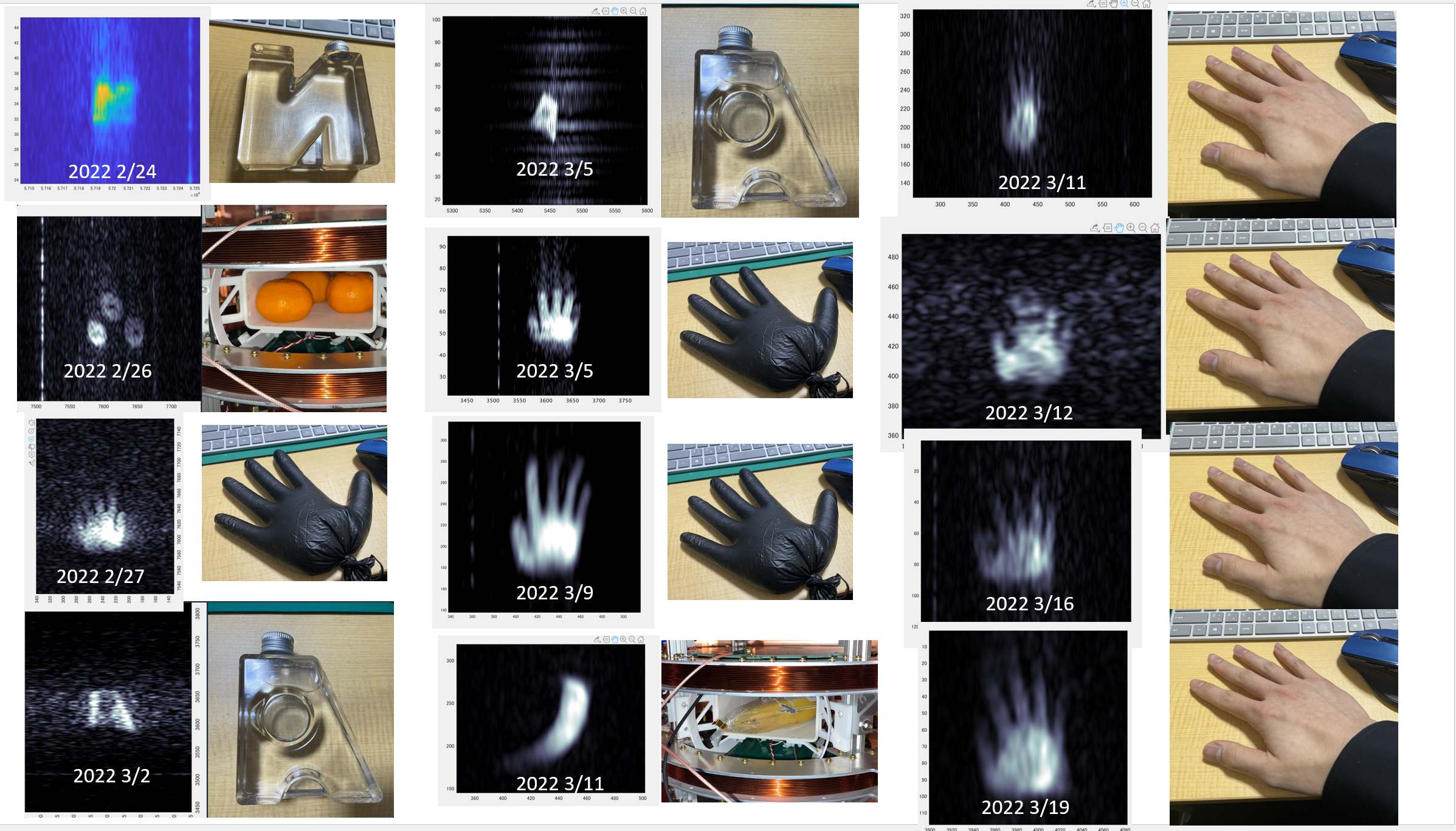
 yashiro
yashiro
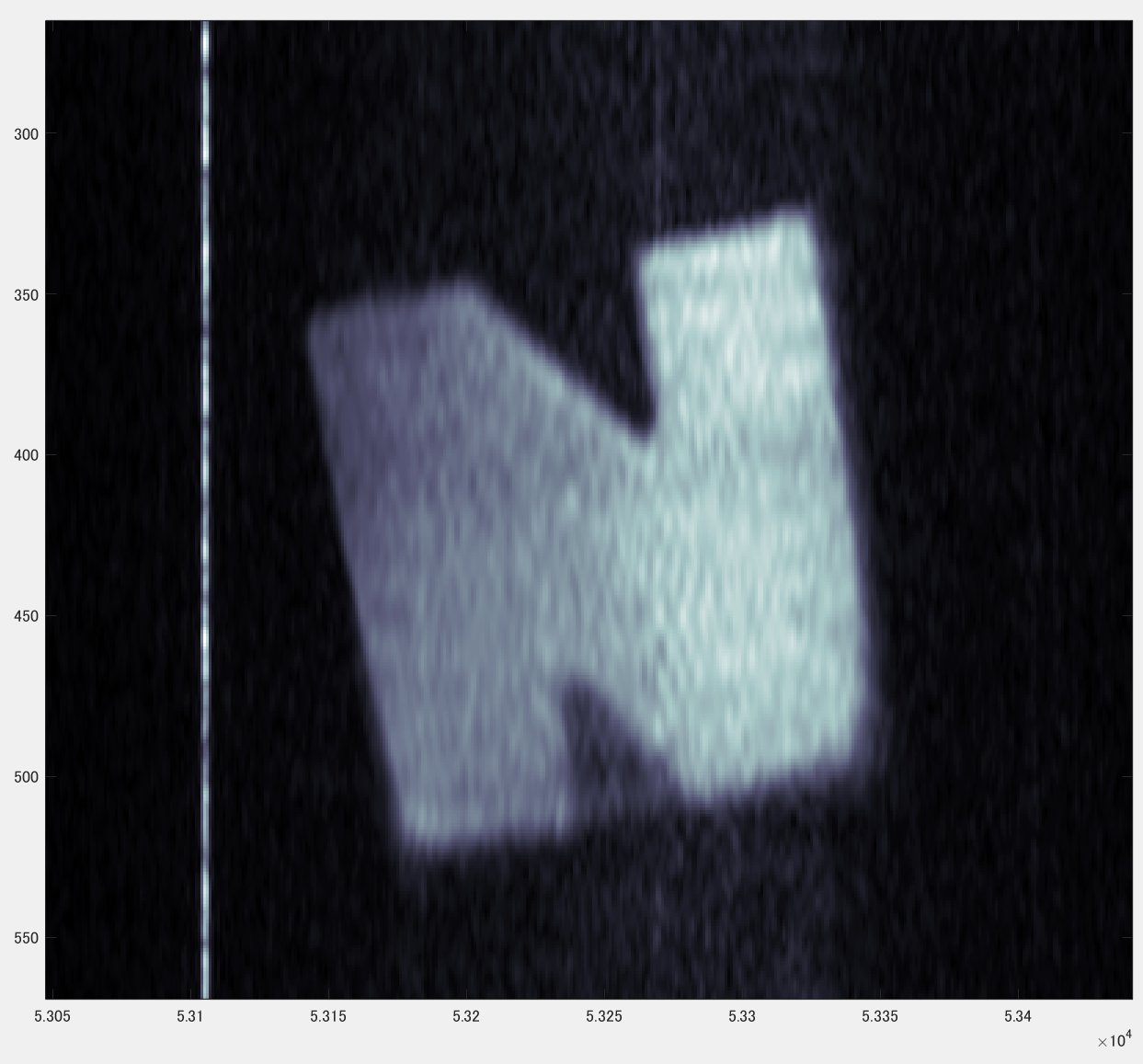







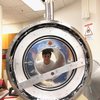
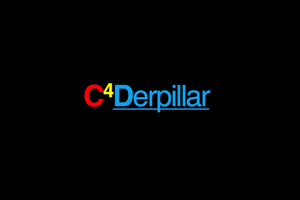
 Brett Walker
Brett Walker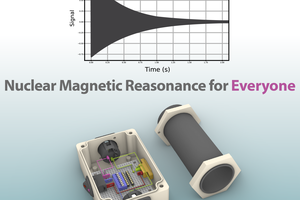
 Andy Nicol
Andy Nicol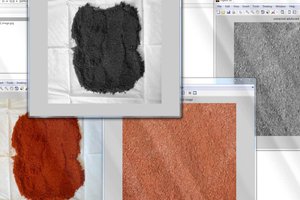
 G.Vignesh
G.Vignesh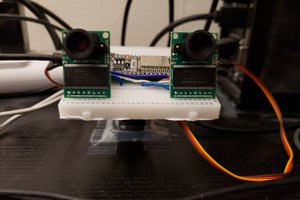
A low cost solution to improve the thermal noise in the detection coil is by -improving the coil's quality factor (Q) by tuning and matching the coil's impedance to the preamplifier's input impedance using high-permeability materials, such as ferrites(or meta materials)
-Reducing the coils Resistance by increasing the coil's cross section will contribute to improving thermal noise.
Cooling the coil to lower temperatures, such as liquid nitrogen (77 K) or liquid helium (4.2 K), to reduce the thermal agitation of the electrons is another solution.
There are other viable solutions too. I haven't sourced any of the materials, but I would assume they are pretty expensive. Another way to reduce the coils resistance is using low-resistance materials, such as superconductors or high-temperature superconductors (HTS)
- Using cryogenic preamplifiers that operate at low temperatures and have low noise figures, such as high electron mobility transistors (HEMTs) or superconducting quantum interference devices (SQUIDs)
Good Luck. If you have any questions, I'll try my best to answer.